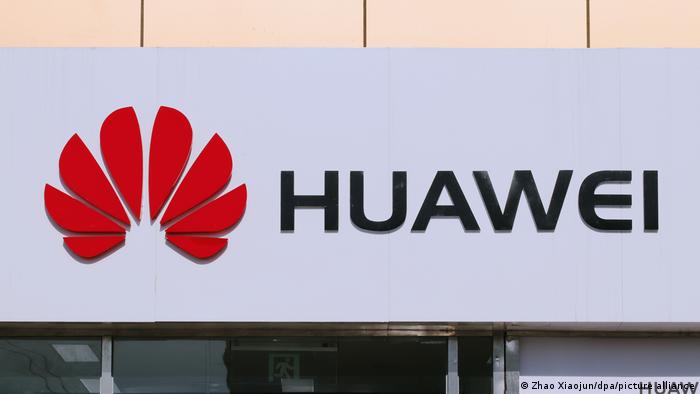Two bear cubs are starting a new life in a sanctuary in Vietnam after being rescued from the illegal wildlife trade, an animal welfare group said Friday.

© Handout
AFP - 1h ago, MAY 20, 2022
The two sisters, named Be and Em, were confiscated by authorities from a man who admitted catching them in a cardamom field with a plan to sell them, the Four Paws organisation said.
Communist Vietnam is a major hub for the illegal trade in wild animals, and bears are kept to drain the bile from their gall bladders for use in traditional medicine.
The rescued cubs have been taken to a sanctuary in Vietnam run by Four Paws, where they will be reared and spend the rest of their lives.
They cannot be returned to nature because there are no safe places for bears in Vietnam and no projects to reintroduce them to the wild.
"At the moment they mostly eat, play, and sleep but we can already see their individual personalities showing," Emily Lloyd, Animal Manager at the sanctuary, said in the Four Paws statement.
"Be is very playful and confident, while Em for now is more reserved but nonetheless curious."
Four Paws said the sanctuary has hand-raised five bears rescued from similar circumstances in recent years.
Vietnam has passed laws to try to curb the wildlife trade but enforcement is patchy and Four Paws said the bear bile business was "flourishing".
bur-pdw/je
by Mongabay.com
Vietnamese authorities confiscated the two female bear cubs from wildlife smugglers in Hai Phong province on January 9, according to Vienna, Austria-based animal welfare NGO Four Paws.
After spending a night in a hotel, the cubs were taken to a Four Paws bear sanctuary in Ninh Binh on January 10, where they are receiving intensive medical care.
Authorities do not know who was meant to buy the bear cubs or where their ultimate destination was. It’s likely that the bears were imported from Laos, though they could also have come from a bear farm in Vietnam.
Two Asiatic black bear cubs have been rescued from the illegal wildlife trade in Vietnam.
Vietnamese authorities confiscated the two female bear cubs from wildlife smugglers in Hai Phong province on January 9, according to Vienna, Austria-based animal welfare NGO Four Paws. The rescue operation was a collaborative effort between Vietnamese police, Four Paws, local NGO ENV (Education for Nature-Vietnam), and Wildlife Friends Foundation Thailand. The cubs’ origin has not been determined, and their mother has not been found.
After spending a night in a hotel, the cubs were taken to a Four Paws bear sanctuary in the city of Ninh Binh in northern Vietnam on January 10, where they are receiving intensive medical care. Four Paws’ Vietnam Animal Manager, Emily Lloyd, said in a statement that both bear cubs weighed just 900 grams and were dehydrated when they arrived, so the group’s team of veterinarians is providing the cubs with milk fortified with vitamins and probiotics.
“The bears are still very young, and the situation is critical, but we will do everything we can for their survival,” Lloyd said.
 Two bear cubs have been rescued from wildlife smugglers in Hai Phong province, Vietnam. Photo Credit: © FOUR PAWS.
Two bear cubs have been rescued from wildlife smugglers in Hai Phong province, Vietnam. Photo Credit: © FOUR PAWS.Authorities do not know who was meant to buy the bear cubs or where their ultimate destination was. It’s likely that the bears were imported from Laos, though they could also have come from a bear farm in Vietnam, Four Paws said.
Though bear bile extraction has been outlawed in Vietnam since 2005, it’s believed there are still as many as 1,000 bears being held in captivity on bile farms in the country. Four Paws said that research has shown that many bears are still used for bile extraction and that the illegal trade of bear bile is still ongoing in Vietnam.
Bear bile is used by practitioners of traditional Chinese medicine to treat a range of ailments, from hangovers to liver conditions and cancer. A decline in the demand for farmed bile that began in 2010 has led to fears of a mass die-off of Vietnam’s captive bears as bile farmers are no longer able to afford to keep the animals.
The Asiatic black bear (Ursus thibetanus) is listed as Vulnerable to extinction on the IUCN Red List. “Habitat loss due to logging, expansion of agriculture and plantations, roadway networks and dams, combined with hunting for skins, paws and especially gall bladders are the main threats to this species,” the IUCN reports
 Two rescued Asiatic black bear cubs are cared for by FOUR PAWS staff in Hai Phong province, Vietnam. Photo Credit: © Hoang Le | FOUR PAWS.
Two rescued Asiatic black bear cubs are cared for by FOUR PAWS staff in Hai Phong province, Vietnam. Photo Credit: © Hoang Le | FOUR PAWS.CITATION
• Garshelis, D. & Steinmetz, R. 2016. Ursus thibetanus (errata version published in 2017). The IUCN Red List of Threatened Species 2016: e.T22824A114252336. doi:10.2305/IUCN.UK.2016-3.RLTS.T22824A45034242.en. Downloaded on 15 January 2019.



















